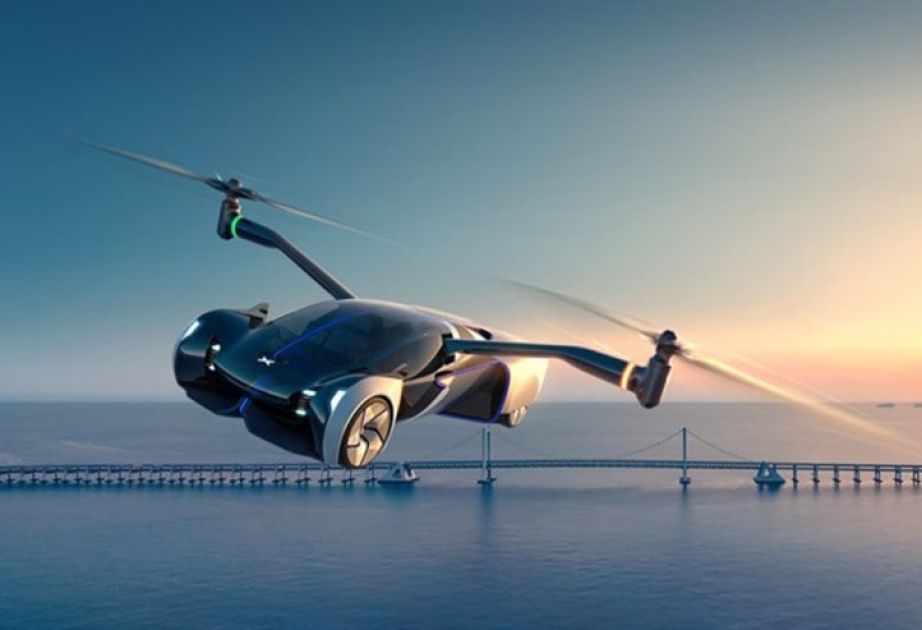Flying cars may soon become reality

By Alimat Aliyeva
Flying cars, long envisioned in the world of science fiction and technological innovation, are now becoming a reality. According to Xiaosong Dong, an aerospace engineer at the Missouri University of Science and Technology, the technologies needed to create flying cars already exist, and some companies have begun to take practical steps in this direction, Azernews reports.
The use of flying cars in real life relies primarily on a combination of aviation and helicopter technologies. Aerospace engineer Pat Anderson explains that these vehicles will typically have vertical takeoff and landing (VTOL) capabilities. The wings will help reduce air resistance during flight, making it more practical and safer. One such company, Alef Aeronautics, is working on prototypes of cars that can drive on roads and simultaneously take to the air. However, the initial production price of such vehicles is expected to be around $300,000, which poses a significant obstacle to the widespread adoption of the technology.
One of the biggest challenges facing the mass adoption of flying cars is the high production cost and stringent safety standards. The US Federal Aviation Administration (FAA) has already begun developing regulations for flying cars. The FAA's air taxi rules, adopted in October 2024, have brought the introduction of this technology one step closer. However, energy supply remains a critical issue. Current lithium-ion batteries can only provide flying cars with a flight time of 20-30 minutes. This limitation means there is a strong need for more efficient batteries, as the depletion of energy mid-flight could be dangerous.
Experts predict that flying car-sharing services, like flying Ubers, could become commonplace within the next 10-20 years. This would require significant advancements in both technology and infrastructure, as well as improvements in safety standards and cost-effectiveness. Flying cars are currently in a transition phase from science fiction to reality. Optimizing costs, improving safety measures, and developing sustainable energy sources could make this technology widely accessible.
In addition to the technological and logistical hurdles, there are also environmental considerations. Flying cars will need to be designed with minimal environmental impact in mind, both in terms of noise pollution and energy consumption. The race to develop eco-friendly and quieter flight technology is already underway, with some companies exploring electric propulsion systems that could significantly reduce carbon emissions.
If these obstacles can be overcome, flying cars could revolutionize transportation, making it faster, more efficient, and less dependent on ground infrastructure. Research and innovation in this field could completely transform the future of mobility, leading to a world where flying cars are as commonplace as traditional vehicles today.
Here we are to serve you with news right now. It does not cost much, but worth your attention.
Choose to support open, independent, quality journalism and subscribe on a monthly basis.
By subscribing to our online newspaper, you can have full digital access to all news, analysis, and much more.
You can also follow AzerNEWS on Twitter @AzerNewsAz or Facebook @AzerNewsNewspaper
Thank you!
